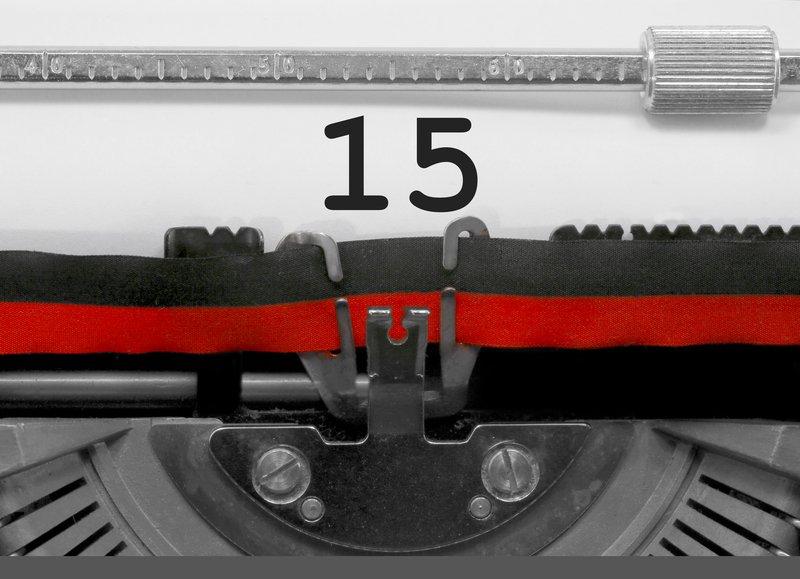Most business cards are about as much use as a scrap of paper with a name and number scribbled on it. That’s fine if you are looking for a date, but not so good for showcasing your business.
With a little thought, however, it’s easy to create a business card that packs a real promotional punch and helps you, and your small business, stand out from the crowd.
Here are some tips and ideas that will help you design business cards that make a big impression;
Why bother with a business card?
The intense power of the business card belies its meagre proportions. Here are 10 reasons why it continues to trump other, more modern, methods of saying “Hello”.
A business card is…
1. Fast
Slip someone your business card and you give them an instant insight into your business.
2. Tenacious
Like a tiny salesperson that sticks with your prospective client, your card works hard on your behalf long after you have parted company.
3. Universal
There are no compatibility problems, no registering your details and no batteries required. Your card can be understood by anyone.
4. Individual
Your business’s entire ethos and personality is contained on your card. It is as unique as you are.
5. Friendly
Exchanging business cards has a ritual significance that heralds the start of a convivial relationship.
6. Convenient
It fits between a thumb and forefinger and slip effortlessly into a pocket or wallet.
7. Targeted
It enables a one-to-one marketing opportunity with a captive audience.
8. Handy
You can have them on you at all times, hand them out when you meet others, leave them where people will see them and slip them in with any correspondence.
9. Elegant
James bond wouldn’t say “I’ll send you a text”, he’d hand over a crisp white card that was the embodiment of understated elegance.
10. Cheap
What to put on your business card
There are many things you can put on your card to increase its effectiveness. It does not need to include everything, however.
Too much information is as bad as not enough. So just select the elements from the suggestions below that suit the nature of your business, your target audience and your objectives for the card
Your identity
You’ll need your name, what you do and the name of your business, of course, but you also need to think about how the information will be prioritised.
The trick is to put yourself in the mind of the person you are giving the card to and emphasise what is most important to them.
So, for example, if you are a Web Designer called John Smith, pride of place needs to be given to the words ‘Web Designer’. This is what the recipient is looking for. Your contact details come next in importance. Then, finally, your name.
Contact details
Office telephone number, mobile telephone number, fax number, e-mail address, website address, street address, LinkedIn, Twitter, Facebook… Nowadays you could use a whole sheet of A4 just listing your contact information.

You need to minimise clutter on your card, so only include contact details that they will want.
For an Emergency Plumber, this may be just a phone number. For a business that deals in modern multimedia, it may involve all your social media as well.
Tagline
As well as providing the essentials, your card should differentiate you from the rest of the crowd. You can do this with a tagline.
This doesn’t necessarily mean reproducing your company slogan. Your tagline should be tailored to suit the objective of the card.
For example, a sandwich bar handing out cards to nearby offices could include the phrase ‘Need a sandwich? Call now and you’ll have it in 10mins’, or a clothes designer that knows the images on her website are her greatest sales asset may use the tagline ‘Visit KidsKlothes.com for latest designs’.
Blurb
Simply stating the nature of your business is not always enough. For instance, it may be advantageous to clarify whether you are a global conglomerate or a local newcomer, an all-embracing one-stop-shop or a slimmed-down outsourcer of services.
A short paragraph that spells out exactly what you can do for the client will make them an unambiguous, user-friendly proposition.
Services
Unlike in a brochure or on a website where you have room to elaborate, your business card’s list of products or services needs to be short and simple, no matter how numerous they are. So turn a long list of services into a punchy précis that summarises the key message.
Images
If the visual aspect of what you do is important when drumming up new customers, such as a make-up artist or wedding photographer, put it on your card and show off what you can do.
Testimonials
If your business is reliant on recommendations, reproducing a testimonial from a well known client on your card will give word of mouth a hand by spreading it to the people that matter.
If you haven’t got a good testimonial ready to use, write your own, then ask the client for permission to attribute it to them. They will probably enjoy the free publicity it gives them.
Clients
With some industries, if you want to land a contract you need to communicate that you have solid experience. A list of past clients can do this, especially if they are recognisable and verifiable.
Availability
If it is important for customers to know when you are available state when you are open for business. This is especially valuable if you are available at times when your competitors are not.
Map
If you want customers to beat a path to your door, they need to know how to find their way, so include a clear, informative map that makes it easy for people to find you
Branding
A consistent identity that encompasses your business card, letterhead, complement slip, invoice, quotation and everything else relating to your business tells prospective customers that you are a professional outfit with a clear and consistent vision of what you are about.
So add your logo, if you have one, and any other distinctive elements from your business’s identity, such as colour, graphics, font and so on.
QR Code
A QR Code (Quick Response Code) is a square barcode that can be read using smartphones and the like. Once scanned by the recipient it can, for example, add all your contact information to their address book or take them to a specific landing page on your website.
If you deal with the kind of people that would scan a QR Code, then it is an easy way to add an extra dimension to your card.
A smart, well-expressed card says a lot about you and your business – as does a vague and confused one.
Bear these tips in mind and your card will demonstrate that you put your customers’ needs first and foremost, and it will generate interest like it were twenty pound notes you were handing over!
This article has been written for ByteStart by Ashley Hastings, author of I’m Here! How To Write Brilliant Marketing Material That Gets Your Business Noticed.
This invaluable guide takes you step-by-step through the creation and application of 13 different marketing methods, enabling even a complete novice to write effective marketing material like a pro.

|
Free Tide Business Bank Account + £50 Cashback!Simply open a free business current account to qualify + 12 months free transactions. Read our Tide review. Open a Tide savings account at the same time and earn an excellent 4.07% AER (variable) on your spare funds. |










